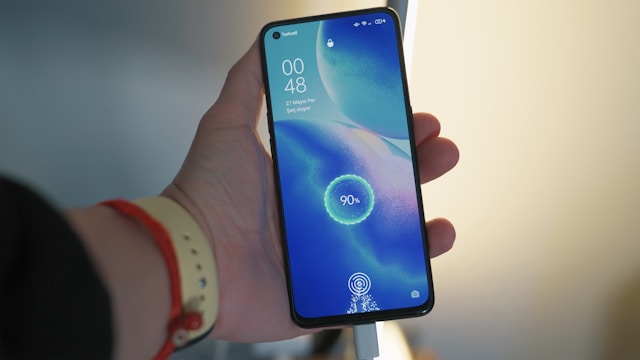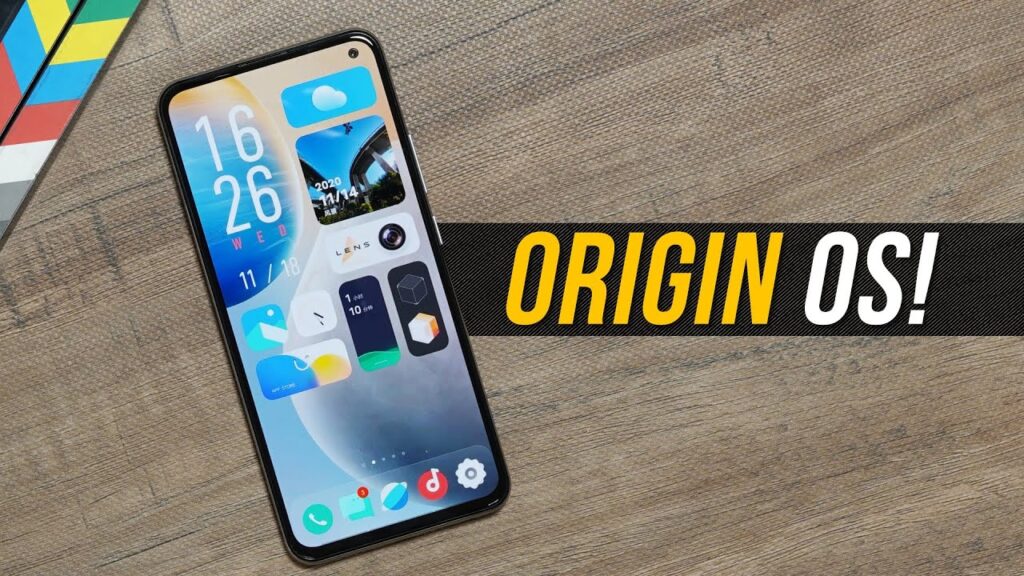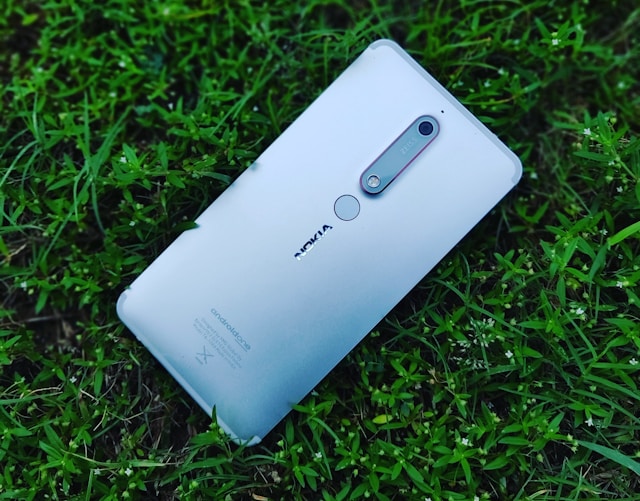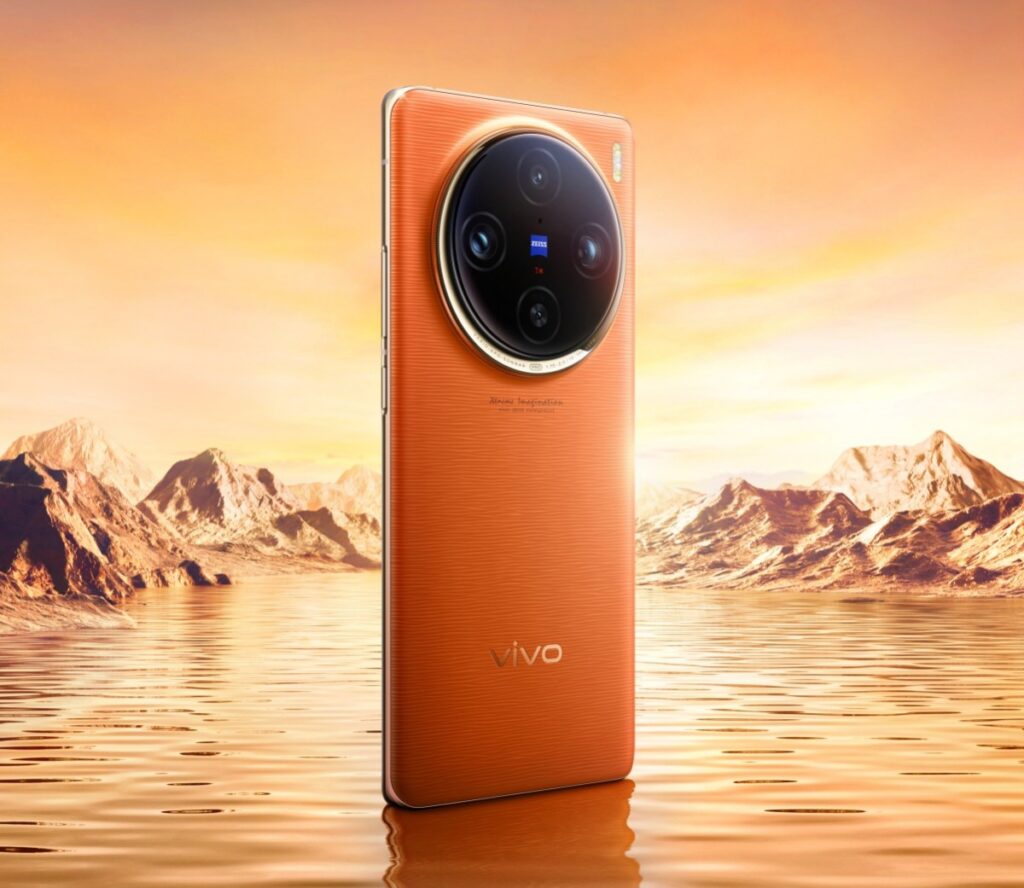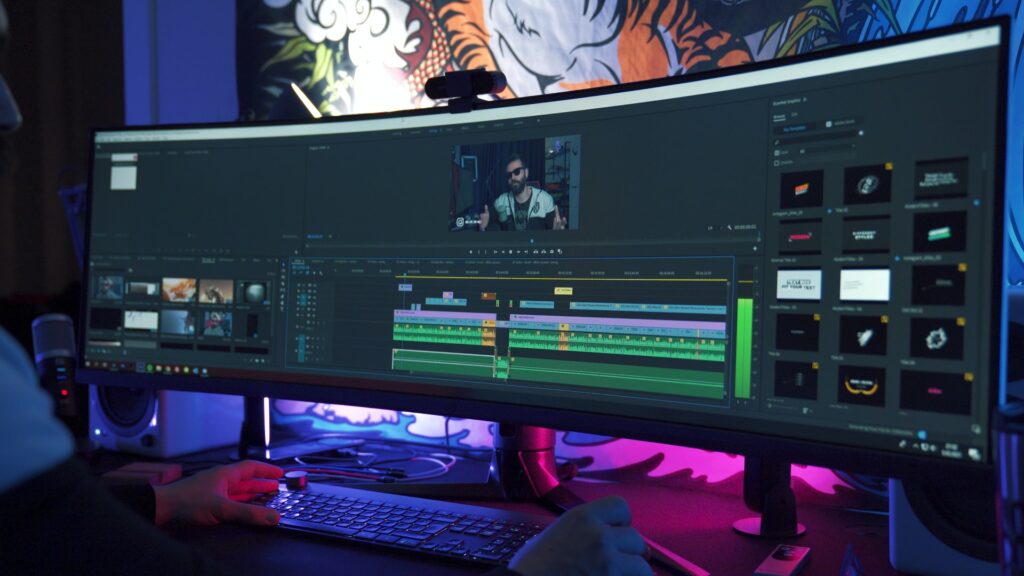Table of Contents
The basic composition of a smartphone battery
First of all, let’s take a look at the composition of smartphone batteries. The composition of smartphone batteries can be divided into two parts. The first part is the battery cell. Now, most smartphones use lithium polymer batteries, which are similar to lithium polymer batteries in basic characteristics. Ion batteries are the same, but they are less restricted in shape and can be customized according to the needs of manufacturers.
They are very suitable for use in smartphones with limited space. In addition to the battery cell, another component of the smartphone battery is the control IC. This control IC is mainly used to monitor the state of the battery, protect the battery, and control the charging and discharging of the battery. Generally speaking, it is a high-quality control. IC can reduce unnecessary loss of the battery core, and promote the extension of the battery life.
Smartphone battery life calculation
How is the battery life of a mobile phone calculated? Some say it is calculated by time, just like the shelf life of food; it is also said that it is calculated by the number of recharges. The more recharges, the shorter the life. Although these two statements are reasonable, they are not completely correct. The battery life of mobile phones is calculated according to the “number of cycles”.
Generally, batteries have no obvious performance loss within the rated number of cycles. General smartphone batteries are rated for 500 cycles, and the better quality can reach 1000 cycles. However, most of these batteries are used in higher-end products. Most mainstream smartphones use batteries that are rated for 500 cycles. You can use the software to check the battery charge times, but there is a certain discrepancy between this value and the actual cycle times, which is for reference only

This “number of cycles” can also be called “the number of charges and discharges”, but its calculation method is not simply “plugin and charges it once”, but “cumulative full charge + cumulative full discharge” is only one cycle, so in fact, You need to go through many charging and discharging operations before the battery of the smartphone completes a charging cycle.
Generally speaking, based on the normal use of the smartphone and one charge per day, the 500-cycle cycle is no problem in two years. After the rated number of cycles is used up, the smartphone battery does not hang up immediately. The user can continue to use it, but the battery capacity will rapidly decrease as the number of cycles continues to increase. At this time, you should feel the phone The battery life is not as good as before. At this time, we must consider whether to charge the battery of the smartphone or even change the smartphone.
The charging process of smartphone battery
The charging process of the smartphone battery is the charging process of the inner polymer battery, that is, the charging process of the lithium battery. We can divide it into four stages, namely trickle charging, constant current charging, constant voltage charging, and charging termination. To achieve these charging processes, in addition to the corresponding support provided by the smartphone itself, the cooperation of the charger is also very important.
The basic requirements of smartphone battery chargers provide specific charging current and charging voltage. In addition, it should also have auxiliary functions such as battery voltage detection, input current limit, the shutdown of the charger after charging, and automatic start of charging after the battery is partially discharged. Although these parts of the circuit are integrated into the charging circuit of the smartphone, they are still part of the charger in a strict sense.

The charging of the smartphone battery is completed by a special control circuit and the charger cooperated. When we connect the smartphone and the charger through the data cable, the control circuit will determine whether the smartphone battery is completely discharged and whether it needs to be trickle charged. . Trickle charging is also called restorative charging. Generally speaking, only fully discharged batteries need to be carried out. The judgment criterion is that the battery output voltage is lower than a specified value, and the charging current during trickle charging is only about one-tenth of that of normal charging.
The battery will enter the normal charging state after the battery voltage reaches the specified value. The normal charging state generally has two stages. One is constant current charging when the battery is low. At this time, the current input to the smartphone battery is the largest during the entire charging process, and it is the time when the battery power rises most rapidly. The voltage of the smartphone battery also continues to increase as the charging time increases until it reaches the specified value and then enters the second stage of normal charging, which is constant voltage charging.
Constant voltage charging refers to maintaining the battery voltage of the smartphone and continuing to the input current. However, since the battery power of the smartphone is already saturated at this time, the input current will gradually decrease with the charging time, and the charging circuit will be lower than the specified value. It will be determined that the smartphone battery is fully charged, the charging circuit is cut off at this time, and the charging is terminated.
When the charging is terminated, the smartphone battery starts to discharge. If the player unplugs the data cable, the smartphone battery enters normal use; if the charger and data cable are not disconnected, the smartphone battery will still discharge slowly until the output voltage is lower than the specified value, The charging circuit is turned on again, and the smartphone battery enters the charging state again.
Does the phone battery need to be activated?
We have just seen some information about cell phone battery composition, life calculation method, and charging process. Now let’s look at some more practical things, that is, “battery activation” that many smartphone vendors will mention. So does the smartphone battery need to be activated? The answer is yes, but this step does not require user operation. Any smartphone battery has been activated before leaving the factory. That is to say, the smartphone battery is already in normal working condition when the consumer gets it, and does not need to be activated at all. So why is there still such a saying among smartphone merchants and even players?
This habit is left over from the early rechargeable batteries. The early rechargeable batteries such as nickel-cadmium rechargeable batteries are indeed not fully activated when they leave the factory. It requires the user to use multiple times to achieve the maximum activity and perform the best state, and this recharge There is no control circuit inside the battery, and it can be activated by using an ordinary charger, and the operation is relatively simple. However, the smartphone battery uses a lithium battery with a complete control circuit inside. The general smartphone charger cannot meet the conditions for activating the lithium battery at all. Therefore, when the smartphone battery leaves the factory, the manufacturer has already done the activation work for everyone. Those so-called “correct use of posture” are just useless work, basically just a psychological effect.
Do the smartphone batteries need to be used up and recharged?
We can see that many players like to use their smartphones until the battery is low or even automatically shut down before charging. They think that this can extend the life of the smartphone battery. This is incorrect, or it is not for lithium batteries. correct. This usage habit is a leftover from the early rechargeable batteries. The early rechargeable batteries represented by nickel-cadmium rechargeable batteries have a “memory effect”.
If you do not use up the battery and charge it, then the remaining power in this part is very likely You cannot continue to use it. The essence of this problem is caused by the crystallization of the internal materials of the battery. To reduce the memory effect, the battery must be used up before charging, and the rechargeable battery must be fully and deeply charged and discharged regularly.
However, the smartphone battery is a lithium battery, and there is no memory effect at all, so the previous set of methods is not feasible for lithium batteries. Moreover, the most taboo of lithium batteries is deep discharge, which will greatly reduce the activity of its internal materials but will cause irreversible damage to the lithium battery and accelerate its loss. Therefore, the smartphone battery does not need to be used up and recharged.
Is there anything wrong with charging the phone all night?

The battery life of a smartphone is calculated based on the number of cycles, so some players believe that charging the phone overnight will accelerate its consumption of cycles. Strictly speaking, this statement is not wrong, but the actual impact is not as serious as everyone thought. From the charging process of the smartphone battery, we can see that the charging circuit will be automatically cut off after the charging is completed, and the smartphone battery will no longer be charged. It will not be recharged until the voltage of the smartphone battery drops to a specified value.
At present, after most smartphones have completed charging the battery if the player does not disconnect the charger and data cable, the power supply of the smartphone will be switched from the battery to the external power supply. Therefore, the battery is actually in a self-discharge state. The discharge is very slow, and basically, the discharge over the whole night may not necessarily reactivate the charge. Therefore, overnight charging has little effect on the smartphone battery, almost negligible. However, from a safety point of view, we do not recommend this. After all, this “does not affect” is based on the premise that the phone is fully functional. If there is a problem with the battery control circuit and the charging is not cut off, then the phone battery is likely to be Into an overcharged state, and even burn out.
Is it safe to play with the phone while charging?
Many players like to charge while playing with their smartphones. In terms of the charging control of most smartphones, this is not a big problem, because, during the charging process, the battery of the smartphone is not discharged while charging, but the battery of the smartphone is charged slowly. The smartphone is continuously powered. In other words, the charging and discharging of the smartphone battery are separate and not performed at the same time. Therefore, charging while playing with the smartphone will not affect the battery life of the smartphone. However, this approach will put the smartphone battery in a relatively unfavorable charging environment.
After all, playing with the smartphone will bring the extra temperature to the charging environment of the smartphone battery, and the charging of the smartphone battery itself will also generate a certain amount of heat, which will further accumulate. Affects the charging environment and charging quality of the smartphone battery, but also affects your experience. In addition, in this environment, the charging current of smartphone batteries is generally relatively low, so the charging speed will be relatively slow or even stagnant. The current output by some chargers may not meet the power consumption of the machine itself, and additional supplementation of the smartphone battery may be required. At this time, we can see that “the more the battery is charged, the less” the situation.
So what is the correct way to use smartphone batteries?
Based on the above content, we can draw the following conclusions: smartphone batteries based on lithium batteries or lithium polymer batteries do not require the user to activate operations, and do not need to run out of power to recharge, charge overnight, and play with the phone while charging. Although it is not a very good habit, the impact on the battery of smartphones is not as great as the legend, and occasionally such a situation will not greatly reduce the battery life of smartphones.
So how should cell phone batteries be used? We think that the four words “use and charge” can explain it well. As long as there are conditions, we can plug the smartphone into a charger or mobile power supply to charge, and maintain the power at about 40% to 80% during daily use. When charging, use the standard charger and data cable as much as possible, or use a third-party charger, data cable, or mobile power supply that meets relevant standards and good quality, to further ensure the safety of the smartphone battery.
In addition, Bluetooth, GPS, NFC, WiFi, and other connection functions can be turned off when not in use. Programs that are not frequently used should not be loaded into the self-starting project, and frequently used programs should be resident in memory. Repeated loading of the program will also consume System resources, and cause additional phone power consumption. If you find that the battery display is inaccurate or the battery display is very different from the actual battery life, you can try to perform the battery display correction operation. If this problem still exists, it means that your phone battery may have a problem or its life is exhausted. It is time to replace.
